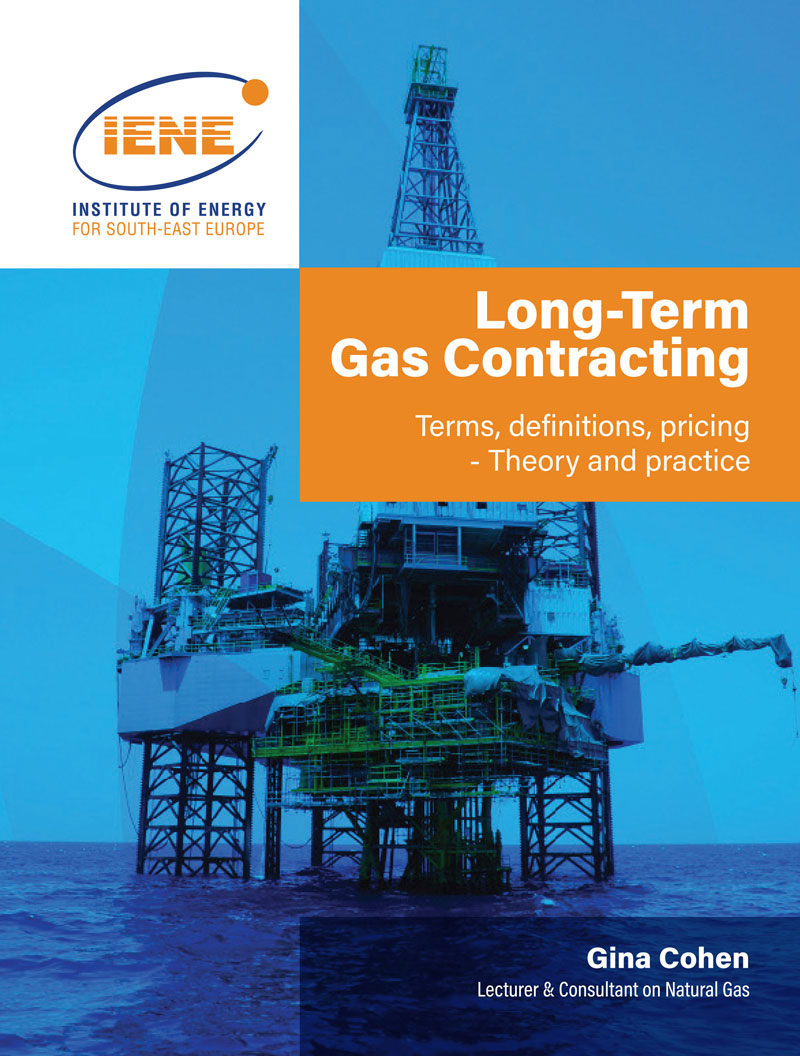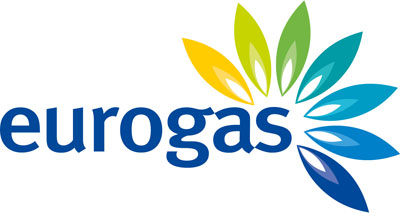Oil markets were little changed on Friday, with U.S. crude remaining below $50 per barrel, restrained by rising output from the United States as well as producer club OPEC.
U.S. West Texas Intermediate (WTI) crude futures were at $48.95 per barrel at 0707 GMT, down 8 cents, or 0.1 percent, from their last close and set to drop 1.5 percent for the week.
Brent crude futures, the international benchmark for oil prices, were at $51.92 a barrel, down 9 cents, or 0.2 percent, from their last close and set to drop 1 percent for the week.
Traders said prices were pressured by rising output, although strong demand prevented bigger drops.
"Developments this week have seen some pessimism return to markets," National Australia Bank said in its August outlook.
"We forecast Brent to trade at around $53 per barrel in Q4 2017," it said.
Barclays bank said "we expect a downward (price) correction during this quarter," but see Brent at an average of $54 per barrel during the fourth quarter.
Crude oil exports by the Organization of the Petroleum Exporting Countries (OPEC) rose to a record high in July, according to a report by Thomson Reuters Oil Research this week.
July's 26.11 million barrels per day (bpd) in exports marked a rise of 370,000 bpd, most of which came from Nigeria, which posted a rise of 260,000 bpd in shipments.
The rise came despite the group's pledge to restrict output by 1.8 million bpd until March 2018 together with some non-OPEC producers, including Russia.
But output in Russia is also high. Russia's largest oil producer Rosneft said on Friday its crude oil output grew by 11.1 percent year-on-year in the second quarter of 2017 to 56.08 million tonnes.
Average daily oil production, however, declined by 1.2 percent in the second quarter compared to the first quarter and stood at 4.57 million bpd, the company said, citing "the limitations for the Russian oil producers related to the agreements with the OPEC+ countries".
In the United States, oil production has hit 9.43 million bpd, the highest since August 2015 and up 12 percent from its most recent low in June last year.
Preventing prices from falling further is strong demand.
U.S. gasoline demand rose to a record 9.842 million bpd last week, according to government data this week.
"Gasoline demand is now +0.1 percent (year-on-year). This is reasonably encouraging given it had been flat or negative since late November 2016," U.S. investment bank Jefferies said.
"Gasoline inventories in the U.S. fell for the seventh consecutive week ... and are now only 6.3 million barrels above the 5-year average," it said.
(Reuters)






 More
More









